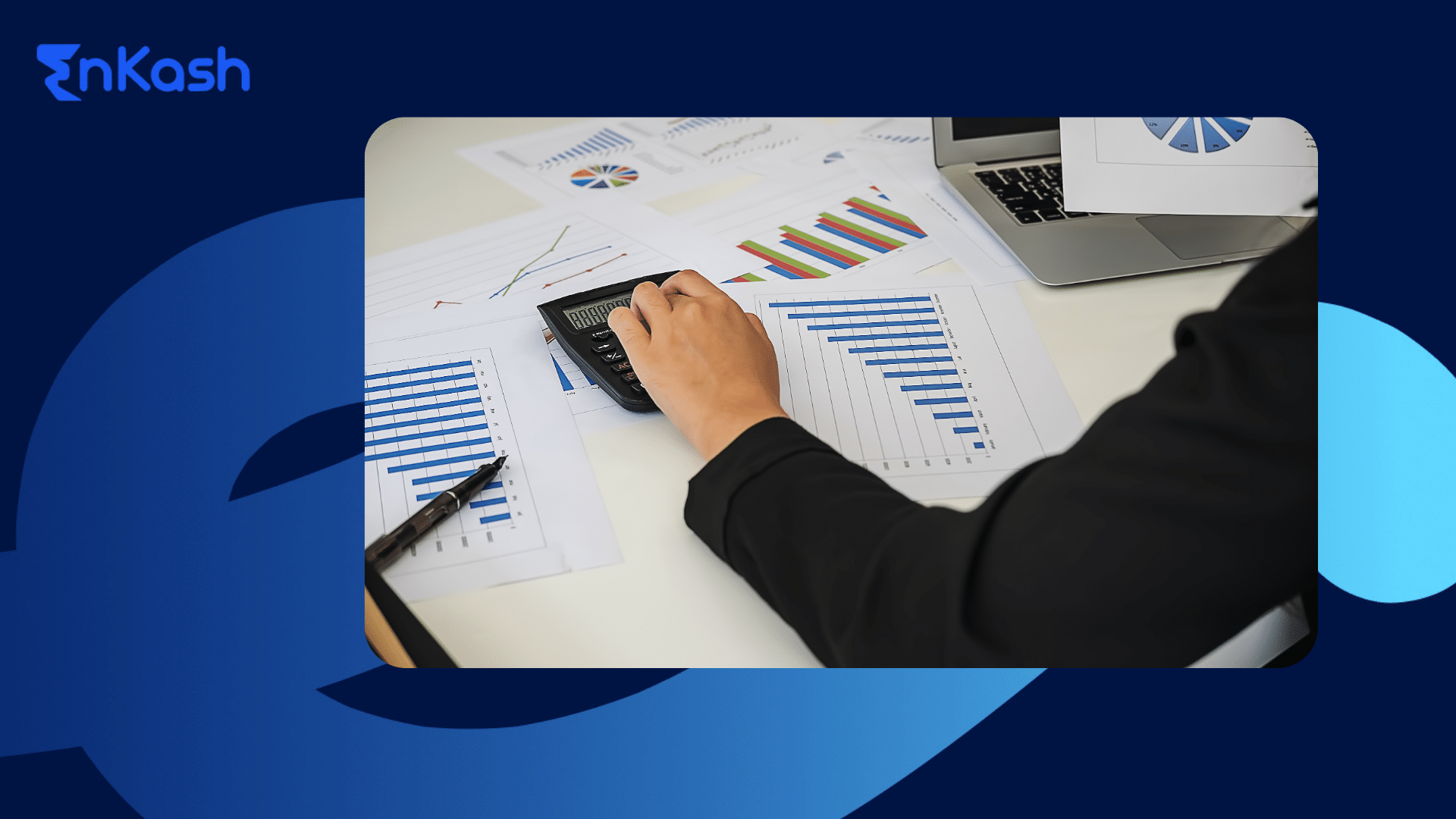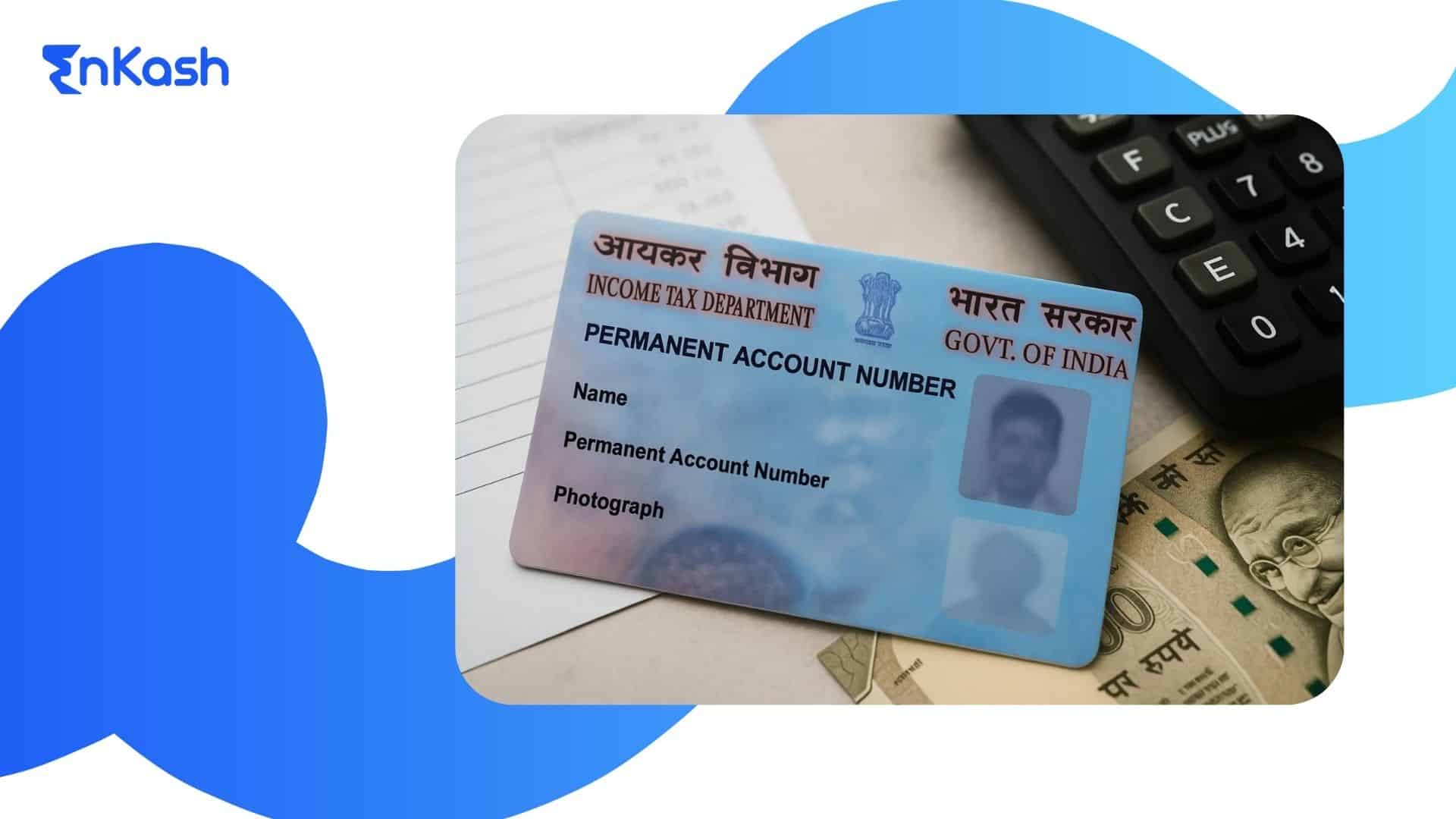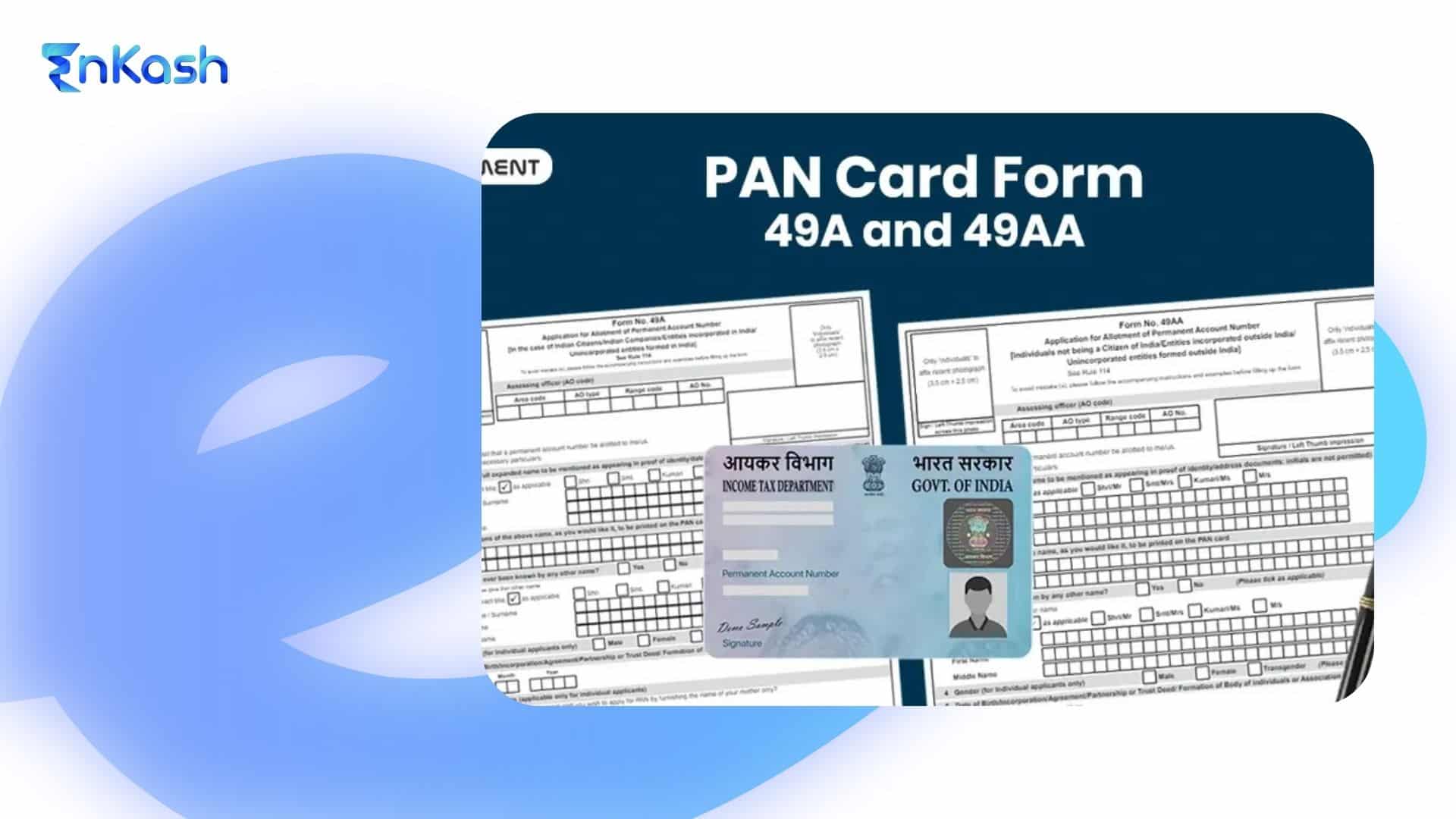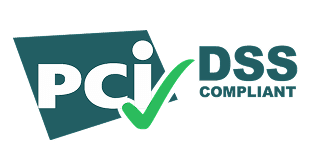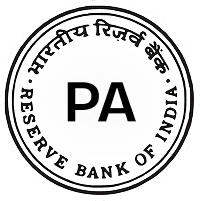Introduction
In today’s fast-paced business world, effective cost management goes beyond recording payments. One must have an understanding of the nature of costs affecting the profitability and long-term success of the venture. At EnKash, we strongly feel that better financial decisions stem from better financial clarity. Often overlooked is one basic distinction: explicit versus implicit costs. Explicit costs are seen and recorded, and while implicit costs are hidden, they are just as important. A good understanding of how explicit and implicit costs affect your business will lead to improved budget preparation, resource allocation, and investment decisions. It equips businesses with sharper financial tools for sustainable growth.
Understanding the Concept of Explicit Cost
Explicit costs are the most straightforward and visible expenses in the field of business accounting and financial planning. These are real cash outflows or payments made by a business toward goods and services. Be it paying rent every month, buying inventory, or disbursing wages to employees, the explicit costs are those documented, traceable expenses that appear in your company’s financial statements. These are also referred to as accounting costs, as they play a key role in determining the firm’s accounting profit. Explicit costs are those that are identifiable and usually involve a direct transaction. Explicit costs are easier to manage because they involve actual payments, leaving behind records like receipts, invoices, or bank transactions. They are much easier to observe and handle because they leave behind a financial trail, such as receipts or invoices, or bank statements. Firms consider these costs when arriving at financial performance and profit at the end of the month, quarter, or fiscal year.
Rent or lease payments for an office or factory space, employee salaries and benefits, raw materials, inventory expenses, monthly bills payable for utilities such as electricity and internet, and marketing or advertising expenses are the prominent explicit costs. These are required to maintain the operations and functioning of a business.
EnKash understands that tracking expenses is essential for any growing company. Hence, our Spend Management Platform enables you to manage explicit costs with ease. Businesses using EnKash benefit from real-time tracking of such payments via smart corporate cards, simplified vendor payouts, and category-wise expense insights. With every rupee spent being recorded and categorized automatically, finance teams can save time and evade errors with greater visibility into the actual spending of the business. Now, with solutions like EnKash, companies can not only optimize their payment processes but can also tap into a new realm of cost efficiency that complements long-term growth.
What Is an Implicit Cost and How Does It Work?
Explicit costs are obvious to everybody, whereas implicit costs are somewhat kept outside of view and are no less valuable in defining a business’s aggregate profitability. Implicit costs represent a type of opportunity cost—the value of resources used internally by the business without explicit payment. These costs don’t show up in your accounting books, yet they represent sacrifices the business makes in terms of potential income or alternative uses of time, money, or assets. Generally, such implicit costs arise when the owners of a business make use of their resources for running the business, be it their time, capital, or property. An instance could be when the startup founder decides to go full-time on the business without drawing any salary. Foregone salary that they could have earned elsewhere is said to be an implicit cost. Otherwise, the lost rental income represents an implicit cost if the company uses one of its office buildings instead of renting it out.
These are costs without an outflow of cash but affect the real profit accumulation of the business. Unlike explicit costs, which help in calculating accounting profit, implicit costs are used in the determination of economic profit. Economic profit gives a fuller representation of a company’s performance by considering not only the explicit income and expenditure of the business but also what it forgoes to make those earnings possible. Making most business decisions about growth, employment, or investments requires weighing both explicit and implicit costs.
The critical attributes of implicit costs are that they are non-monetary. For the same reason, these costs are not recorded in the formal financial accounts. They are hard to measure; hence, many enterprises do not even consider them in short-term planning. But it is important to acknowledge them in the decision-making process, especially when there are alternative uses of time and resources. For example, suppose a business owner invests their savings of ₹10 lakhs into the firm. Instead of putting that money into a fixed deposit or mutual fund and earning interest or returns, they spend it on business investment. This interest or return forfeited is an implicit cost. If this cost is not taken into account, the business may look more profitable than it is. Considering such opportunity costs can guide you towards better financial and operational decisions.
EnKash empowers business owners and finance teams to start looking beyond just what is being spent, and onto what is being sacrificed. Our platform provides tools for analyzing spending trends and optimizing resources. While implicit costs may not be directly recorded, understanding how they impact overall performance can help you make smarter choices—whether it’s in resource planning, time management, or long-term investments.
Key Differences Between Explicit and Implicit Costs
In the world of business finance, an entrepreneur must know when to decide between explicit and implicit costs while considering their company’s livelihood. Both types of costs affect business decision-making, but act from different directions and thus affect different elements of your financial result. Explicit costs refer to actual payments made by a business. These are costs for which a clear money transfer takes place-hence paying rent, buying inventory, or paying wages. Since they involve cash outflow, they should be recorded in the accounts and reflected in the calculation of accounting profit. These costs are easy to identify, track, and measure; therefore, they form the basis for financial reporting and budget planning. On the contrary, implicit costs are a bit different. They might not involve cash payments. Hence, recording them in the accounting books is excluded.
They represent opportunity costs incurred when a firm uses its internal resources instead of deploying them in more profitable or alternative uses.. For example, when a business owner uses their own office space instead of renting it out, or if they work full-time for their business but take no salary from it, then the income not received is considered an implicit cost. While implicit costs do not enter the calculation of accounting profits, they are essential in computing economic profits, which is a better indication of the overall financial performance of the business.
Thus, the main difference lies in the measure of visibility and measurability of the cost. Explicit costs can be seen and measured, so they can be controlled, perhaps with tools such as EnKash’s spend management solutions. Using EnKash, you can automate the recording of expenses, keep track of payments to vendors, and analyze spend categories to ensure tight control over your expenses. On the contrary, implicit costs do require a long-term and more strategic view.
They most commonly do not appear on any daily cost sheet but do pose a considerable hindrance to the growth potential of an enterprise and affect decision-making. Remembering these opportunity costs will let you evaluate whether your internal resources-time, capital, or physical assets-are maximizing their best advantage. Understanding the two types of costs is vital, and while explicit costs tell you what you are spending, implicit costs suggest what you may be giving up.
Examples of Explicit Costs in Real Business Scenarios
It helps to understand what explicit costs are if one considers how they appear in real and actual business scenarios. These are expenses that are essentially tied to business activities and bear real financial transactions; since they are recorded in the books of the organization and usually require cash outflow, explicit costs are sometimes very easy to identify. Imagine a growing tech startup that rents co-working space at ₹60,000 a month for its development and design teams. This monthly rent is an explicit cost; it is paid to a landlord and recorded through bank transfer or invoice, and until budget closure, it is counted as a fixed cost in the operating budget.
Now, consider if the startup hires a freelance content writer at ₹25,000 per month, then such a transaction is an explicit cost because it involves an external party and is supported by contracts and payments. Another classic example is a manufacturing business spending ₹2 lakh on buying raw materials such as steel, plastic, or electronic components from a supplier. This is a documented cost supported by a purchase order, invoice, and delivery note.
Companies may also have to pay for tools and services needed for day-to-day operations. For example, a team might pay ₹10,000 per month for cloud storage or ₹12,000 per month for CRM software license fees. Even software subscriptions qualify as explicit costs because there is money paid in return for measurable value to the business. When it comes to travel and entertainment for the clients, it usually means the company incurs costs for airfare, hotel stays, and food. For example, if a sales team spends ₹45,000 on business travel in a month, such expenses are explicit costs, as they are recorded, reimbursed, and commonly supported by bills or receipts. Businesses have the option to handle all explicit costs more efficiently through EnKash. EnKash ensures total visibility and compliance with corporate cards, payments automation, and the determination of budgets on a departmental level. Finance teams will be able to pull reports in real-time, minimize errors from manual tracking, and be held accountable for all business spending down to the last rupee.
Examples of Implicit Costs
An implicit cost is not as evident as an explicit cost, yet it can decrease the overall efficiency and profitability of a business. These costs are the income or value that a business denies itself by using its resources, including time, space, or money. Take the example of a restaurant proprietor running a full-service kitchen himself, rather than employing a professional chef. By choosing not to hire a professional chef, he saves money but sacrifices time that could be spent expanding the business. The value of such a forgotten strategic focus is the implicit cost. Another situation could be a consultant employing a personal laptop for business. For example, using their own laptop for business instead of using it for freelance gigs that could generate income constitutes an implicit cost. This cannot be entered into the accounting software, but the operator who is foregoing the opportunity does constitute a cost in economic terms.
Likewise, if a retailer stocks goods of a family supplier without attempting to negotiate better terms from other suppliers, the implicit cost of better profit margins is forgone. While loyalty to a supplier may be valued, it may lead to missed cost-saving opportunities, which should be considered as implicit costs. These seemingly hidden costs may not be recorded on a business’s balance sheets, but if ignored, they may tilt its real profitability. This, in turn, makes it important for all founders and finance chiefs to think logically about how internal resources are being allocated.
EnKash makes the tracking of explicit costs simpler, but it also offers insight that can possibly hint at internal resource overuse. For example, decision-makers have to revisit their strategies when employee reimbursements spike for tasks for which services might be outsourced or automated. Such insights may, in turn, help detect these potential implicit costs and make a decision to optimize either internal or external spending.
Why Do These Costs Matter in Strategic Business Planning
Whether managing daily or various long-term investments, businesses must harness the power of explicit and implicit costs to successfully plan. Here’s how:
Accurate Profitability Analysis
Accounting profit uses only explicit costs and shows how much money a business is making according to visible expenses. This, however, is only a fraction of the story. Economic profit, the true measure of profitability, considers implicit costs, too. It allows a decision-maker to decide if they are actually creating surplus value or just covering their physical costs.
Smarter Decision-Making
When business owners and finance teams understand both types of costs, they can better deploy internal resources. For example, understanding that a founder’s time or use of company-owned assets has opportunity costs informs their decisions better. This clarity helps to know when outsourcing, automation, or hiring a specialist will be good for the bottom line. It aligns their efforts directly with productivity and business growth.
Better Financial Management and Forecasting
Any strategic planning is beyond simple tracking of expenses; it is about projecting your future. Knowing all explicit and implicit costs enables businesses to allocate budgets properly, forecast future expenses with better accuracy, and act on cost reduction opportunities. It makes you evaluate not only what you spend but also what you could be potentially losing. This becomes crucial when you are scaling up, venturing into a new market, or figuring out how much money you will need.
Enhanced Resource Allocation
Once all cost components are factored in, a business can decide on the more efficient allocation of time, money, or people. A newfound consciousness of hidden (implicit) costs, along with their multitasking across various departments in the key team member’s lost productivity in a team member’s area of expertise, may prompt the company to recruit additional resources, reflecting an implicit cost of multitasking.
Conclusion
Building a financially healthy and scalable business requires more than just making money; it requires clear costs. Explicit costs enable businesses to track the current cash flow, while implicit costs show the value of what has been sacrificed. Together, they become the bedrock for any strategic business decisions. EnKash facilitates hassle-free payments, whether they are vendor payments, reimbursements, or investments in recurring expenses. While implicit costs can’t be directly tracked, EnKash’s spend insights can surface trends that indicate inefficient internal resource allocation.

